9,000 year-old ritualized decapitation found in Brazil
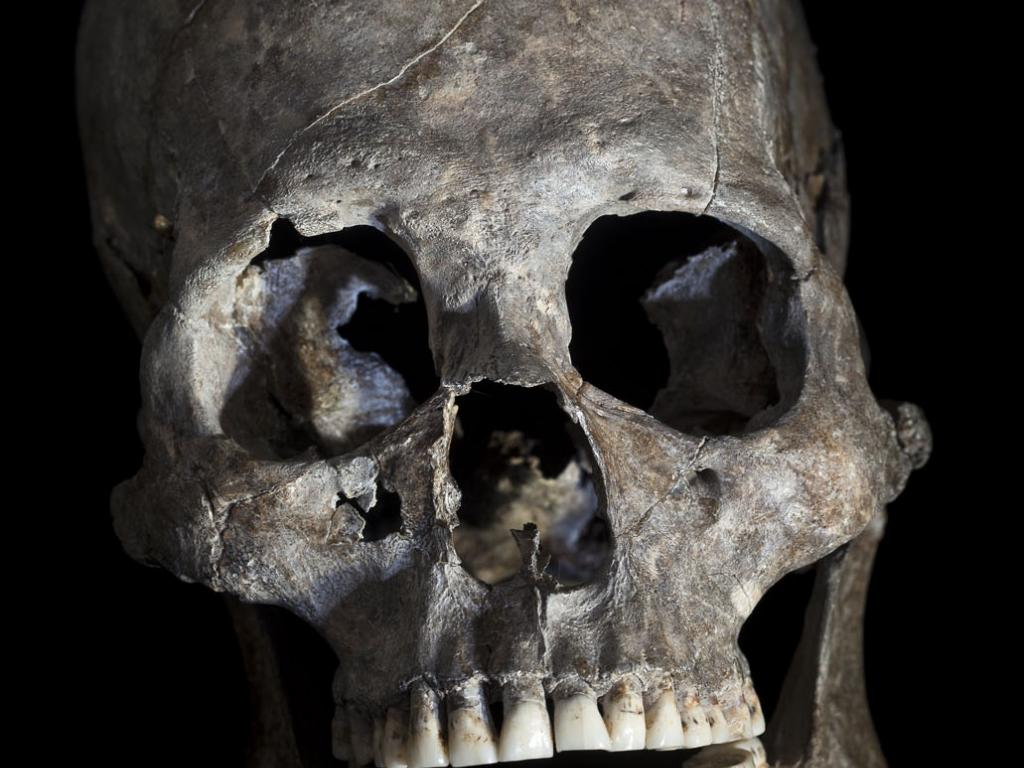
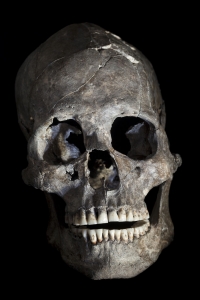
Photo of Burial 26 Cranium. photographed by Mauricio de Paiva
Few Amerindian habits impressed the European colonizers more than the taking and displaying of human body parts, especially when decapitation was involved. Although disputed by some authors, it has become widely accepted that decapitation was common among Native Americans across the entire continent and the archaeological evidence confirms that the practice has deep chronological roots. In South America, the oldest decapitation is reported for the Andean region and dates to ca. 3000 years before the present at the site of Asia 1, Peru. Since all other South American archaeological cases occur in the Andes (e.g., Inca, Nazca, Moche, Wari, Tiwanaco) it was assumed that decapitation was an Andean phenomenon. Now, an international study lead by André Strauss from the Max Planck Institute for Evolutionary Anthropology (Germany), and with participation of Dr. Domingo Carlos Salazar García from the Department of Archaeology at the University of Cape Town, challenges this traditional view. This study, published in PLOS ONE, reveals a 9,000 year-old case of human decapitation found in the rock shelter of Lapa do Santo in Brazil.
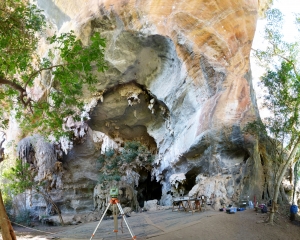
Lapa do Santo. Photographed by Anderson Lyrio
The archaeological site Lapa do Santo, located in east-central Brazil, contains evidence of human occupation dating back to ~12,000 years ago. In 2007, researchers found fragments of a buried body, Burial 26, including a cranium, jaw, the first six cervical vertebrae, and two severed hands at the site. They dated the remains back to ~9,000 years ago using accelerator mass spectrometry. The researchers found amputated hands laid over the face of the skull arranged opposite each other and observed v-shaped cut marks on the jaw and sixth cervical vertebra.
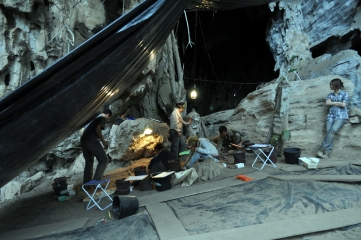
Santos Excavations. Photographed by Andre Strauss
Although the Western perspective has always understood decapitation in the context of inter-group violence and punishment, the archaeological and ethnographic record points to a more complex scenario in the New World. According to Dr. Salazar-Garcia, in charge of the isotopic studies, “The strontium analysis comparing Burial 26's isotopic signature to other specimens from Lapa do Santo suggests Burial 26 was likely a local member of the group and not a foreign defeated enemy”. Additionally, the presentation of the remains leads the authors to think that this was likely a ritualized decapitation instead of trophy-taking. If this is the case, these remains may demonstrate sophisticated mortuary rituals among hunter-gatherers in the Americas during this time period. According to Strauss “This ritualized case of decapitation from Lapa do Santo attests to the early sophistication of mortuary rituals among hunter-gatherers in the Americas. The absence of a punitive element provides a venue for the exercise of a radical notion of alterity. In the apparent absence of wealth goods or elaborate architecture, Lagoa Santa’s inhabitants seemed to be using the human body to reify and express their cosmological principles".
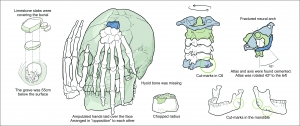
Fig 6. by Gil Tokyo
The authors think this may be the oldest case of decapitation found in the New Word, leading to a re-evaluation of the previous interpretations of this practice, particularly with regards to its origins and geographic dispersion.